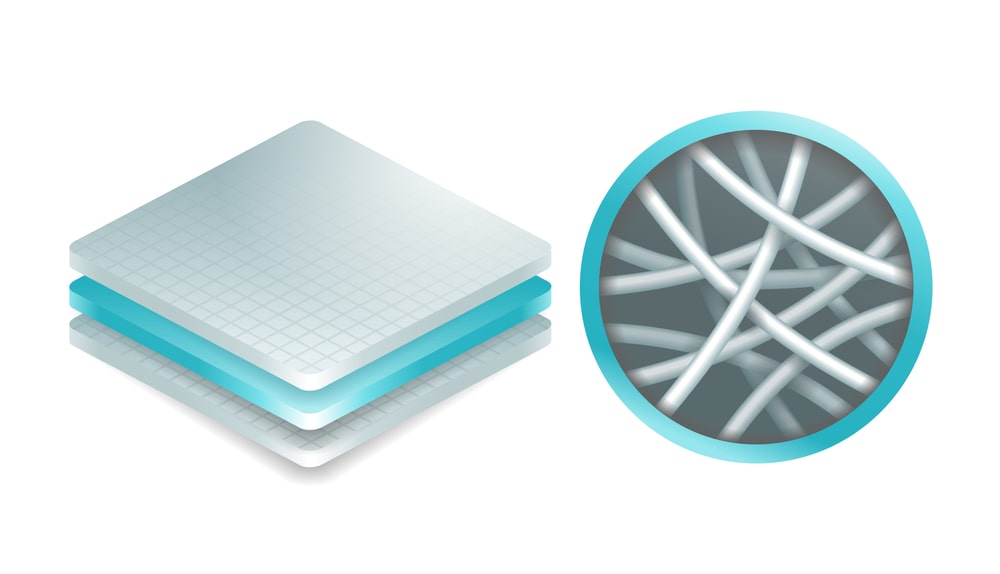Role of Polymers in Drug Delivery:
(a) Immediate drug release dosage form tablets: Polymers including; polyvinyl pyrrolidone and hydroxypropyl methylcellulose (HPMC) are found to be a good binder that increases the formation of granules that improves the flow and compaction properties of tablet formulations before tableting.
(b) Capsules: Many of the polymeric excipients used to “bulk out” capsule fills are the same as those used in intermediate-release tablets. For the hard and soft shell, gelatin is most often used. By recent advances, HPMC has been accepted as an alternative material for hard and soft capsules.
(c) Modified drug release dosage forms: To achieve gastro-retention, mucoadhesive and low-density polymers have been evaluated their ability to extend gastric residence time by bonding to the mucus lining of the stomach and floating on top of the gastric contents respectively.
(d) Extended-release dosage forms: Extended and sustained release dosage forms prolong the time that systemic drug levels are within the therapeutic range and thus reduce the number of doses the patient must take to maintain a therapeutic effect thereby increasing compliance. The most commonly used water-insoluble polymers for extended-release applications are the ammonium methacrylate copolymers, cellulose derivatives; ethylcellulose and cellulose acetate, and polyvinyl derivative; polyvinyl acetate.
(e) Gastro retentive dosage forms: Gastro retentive dosage forms offer an alternative strategy for achieving an extended-release profile, in which the formulation will remain in the stomach for prolonged periods, releasing the drug insitu, which will then dissolve in the liquid contents and slowly pass into the small intestine.
Make sure you also check our other amazing Article on : Classification of Polymer
